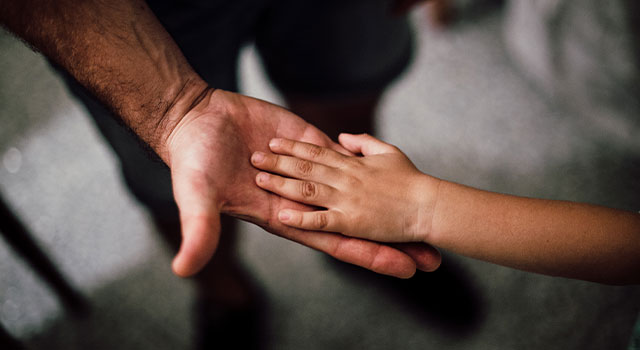 Myopia is not simply an inconvenience—it can have serious sight-threatening consequences in adulthood. And while myopia (nearsightedness) has no known cure, there are certain treatments and management strategies that can (and should) be implemented when a child has myopia.
Myopia is not simply an inconvenience—it can have serious sight-threatening consequences in adulthood. And while myopia (nearsightedness) has no known cure, there are certain treatments and management strategies that can (and should) be implemented when a child has myopia.
What is Myopia?
Myopia is a common refractive error that makes it hard to see distant objects clearly. This refractive error occurs when light passing through the eye does not focus correctly on the retina at the back of the eye.
Nearsighted people see distant items as blurry, while nearby objects tend to remain clear. Although eyeglasses and standard contact lenses can correct a person's vision, they do not cure or slow down myopia’s progression.
Myopia usually starts in childhood and tends to increase as the eyeballs rapidly grow. It can progress slowly or quickly, especially between the ages of 8 and 18, at which time it typically stabilizes.
Myopia isn't just about having to wear corrective glasses or lenses. As myopia worsens, the child is more likely to develop serious eye diseases later in life that can result in irreversible vision loss or blindness, like cataracts, glaucoma, macular degeneration and retinal detachment.
Treatments to Slow and Prevent Myopia Progression
While there is no cure for myopia, there are a number of treatments that can slow its progression and even halt it completely in children and young teens.
Our experts work directly with each family to create treatment plans tailored to your child's specific needs. We thoroughly evaluate your child’s vision, prescribe the treatment most suited to them, and track their progress to ensure the best possible outcome. Follow-up visits are usually scheduled every 6-12 months to evaluate the treatment's effectiveness.
Other ways to slow or prevent myopia
Outdoor activity and natural lighting
According to a recent study published by Ophthalmic Research (2020), children who spend more time outside (at least 14 hours per week) have lower levels of myopia (or none at all) as compared to those who spend significantly fewer hours outdoors.
Limited time on devices
Another study, published by PLOS One (2015), found a relationship between near-work activities and myopia progression. While more research is needed, various studies have found that excessive time spent on near-work activities like reading a book, using a computer and playing games on digital devices is linked to myopia. As a result, eye doctors recommend that parents keep track of and limit the amount of time their child spends on a phone or other digital devices.
If your child has myopia, book a myopia management assessment to determine whether they could benefit from this life-changing treatment. The child's age, as well as their maturity level and lifestyle, will all play a role in determining which treatment to offer and the best time to begin myopia management.
Speak with Dr Malani, who will advise you on the best myopia management treatment options for your child’s vision and lifestyle.
Madison Eyes serves patients from Madison, Chatham, Morristown, and Summit, New Jersey and surrounding communities.
Q: What is progressive myopia?
- A: Progressive myopia is nearsightedness that worsens year after year. Severe myopia, also known as high myopia, can develop as a result of this trend, which can have significant eye health consequences in late adulthood.
Q: Can myopia lead to blindness?
- A: Myopia in childhood has been linked to serious, vision-threatening eye conditions like glaucoma and macular degeneration later in life. Furthermore, extreme myopia can progress to a stage known as degenerative myopia, which can result in significant loss of vision and even legal blindness.

